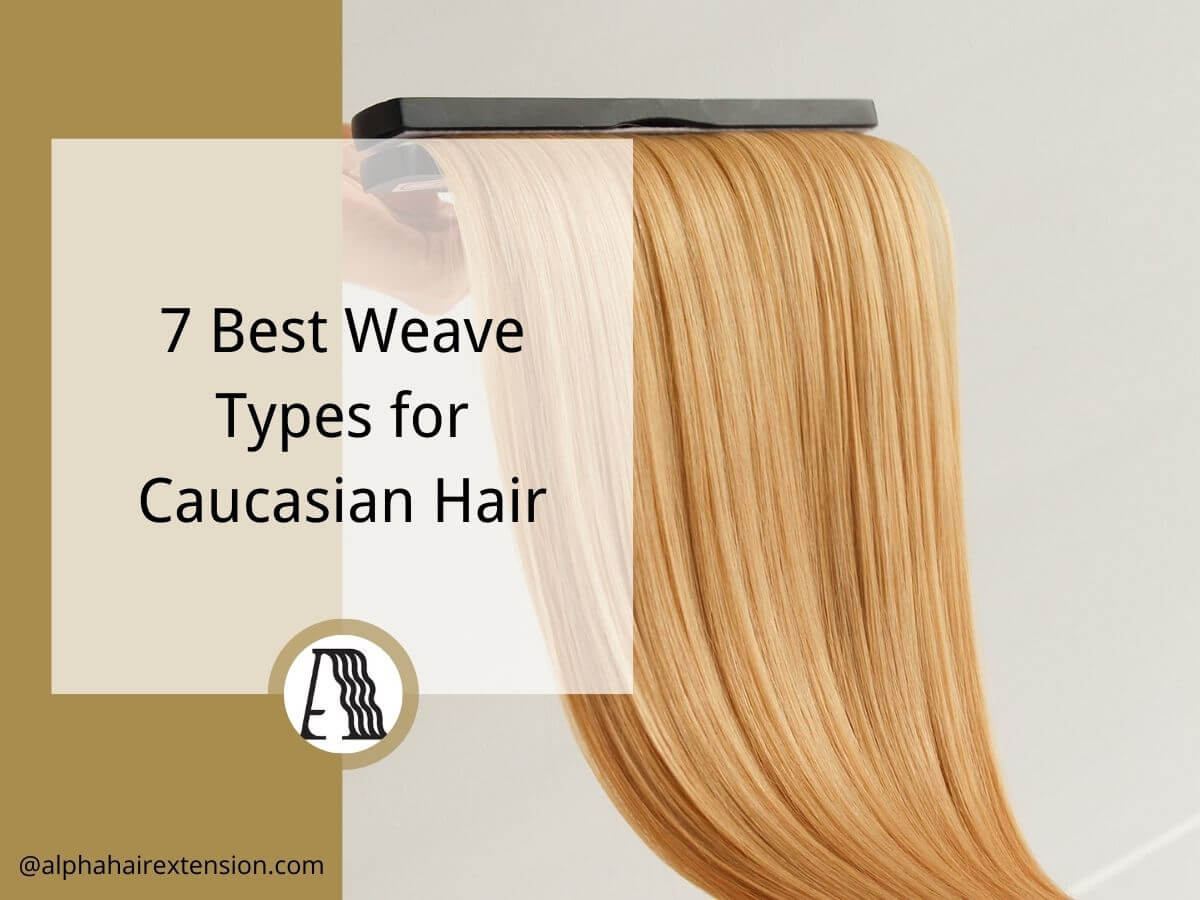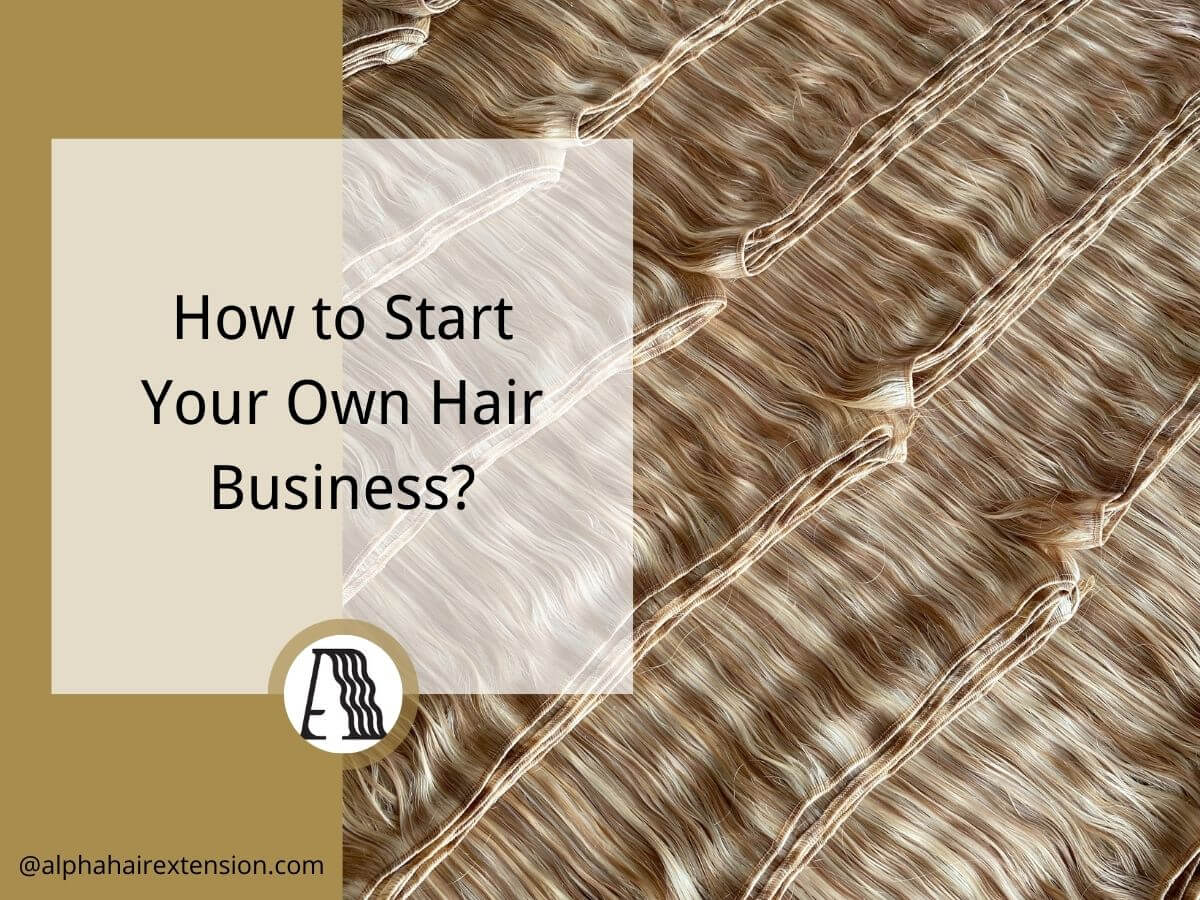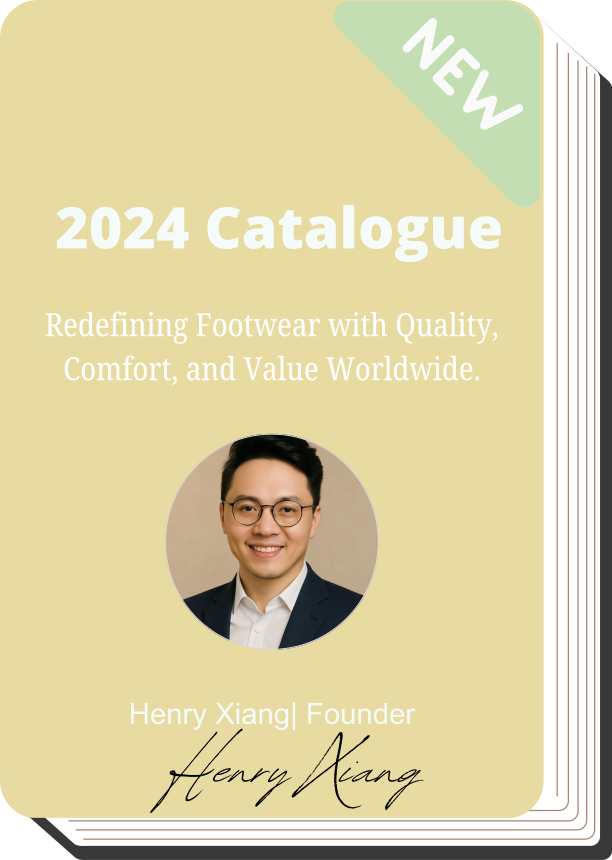Ever paid extra for “luxury” hair, only to realize it’s no different from the cheaper batch? It’s frustrating. I’ve been there, and I’ve also helped businesses avoid that mistake.
The truth is, not all high-number grades are worth the price. Some are just marketing tricks.
After working closely with manufacturers and reviewing countless samples, I’ve learned how to separate real quality from inflated labels.
This guide will help you do the same. You’ll discover what hair grades actually mean, which ones are best for longevity, and how to make sure you’re paying for quality.
Let’s start!
1. Understanding the Hair Grade System
If you’ve ever shopped for hair extensions, you’ve probably seen numbers like 6A, 8A, 10A, or even 12A. But what do they actually mean?
Hair grades are a way to categorize quality, but they aren’t standardized. That’s why it’s important to look beyond the number.
Here’s a quick breakdown of common grade labels:
- 6A-7A – Budget-friendly, mixed thickness, may not last long.
- 8A-9A – Mid-range, good for styling, decent durability.
- 10A+ – Thicker, often virgin hair, lasts longer if well-maintained.
Does higher grades mean better? Not necessarily.
Some brands push “12A” or even “15A” hair as the best quality, but there’s no universal grading system. Sometimes, an 8A bundle from a trusted manufacturer lasts longer than a 12A bundle from another.
I’ve seen businesses get tricked into overpaying just because a supplier claimed their hair was a “higher grade.” Don’t fall for the hype.
So how do you choose a grade that actually meets your brand’s quality standards? We’ll get to that later, but first, let’s take a closer look at the factors determining hair grades.
2. Factors Determining Hair Grades
Not all hair is created equal. The grade assigned to a bundle depends on several key factors. Understanding these will help you choose hair that meets your brand’s standards and keeps your customers happy.
Cuticle Alignment
The cuticle is the outer layer of a hair strand. In high-quality hair, all cuticles run in the same direction. This prevents tangling and makes the hair smoother and more durable.
I’ve seen hair labeled “10A” that tangled after a few washes, why? Because the cuticles weren’t aligned.
If the cuticles face different directions, the strands rub against each other, causing knots and frizz.
Processing Methods
Some hair is chemically treated to change color, texture, or softness. This can weaken the strands, even if they look perfect at first.
- Unprocessed hair keeps its natural strength but may have slight variations in texture.
- Processed hair is often coated with silicone to look smooth but wears down over time.
Hair Source: Remy vs. Non-Remy
You’ve probably heard the term Remy hair, but what does it actually mean?
- Remy hair is collected with all cuticles intact and aligned. It lasts longer and resists tangling.
- Non-Remy hair is mixed from different sources, often with cuticles going in different directions. It’s cheaper but usually tangles quickly.
Single Drawn vs. Double Drawn Hair
This affects thickness and fullness.
- Single drawn hair has natural variations in strand length, making the ends thinner.
- Double drawn hair is trimmed to be the same length, giving it a fuller look from top to bottom.
Virgin vs. Processed Hair
- Virgin hair has never been dyed, permed, or chemically altered. It’s the strongest and most durable option.
- Processed hair has been treated to achieve a certain color or texture. While it may look great at first, heavy processing weakens the hair over time.
Each of these factors affects hair quality. But how do you decide which grade fits your business? That’s what we’ll cover next.
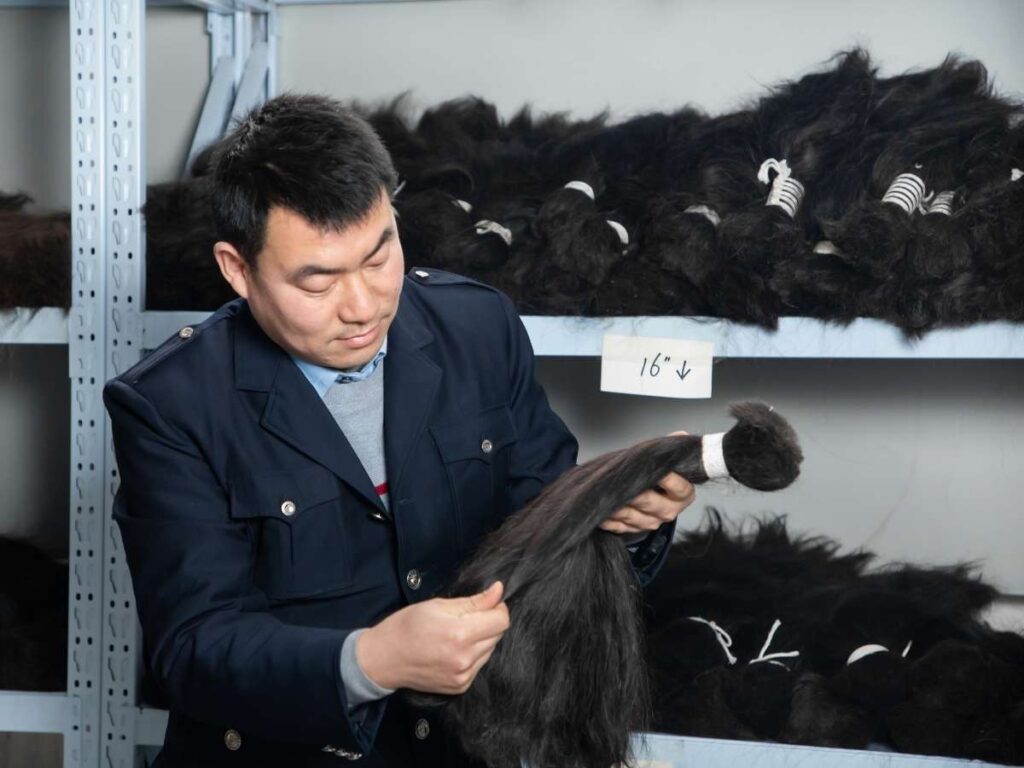
3. Hair Grade Comparison
Choosing the right hair grade depends on your brand’s needs. Are you looking for an affordable option or a premium product that lasts? Let’s compare the most common grades:
| Hair Grade | Durability | Styling & Maintenance | Best For | Notes |
| 6A Hair | 3-6 months | Limited styling; may not hold curls well | Budget-friendly brands, temporary use | Often mixed with synthetic fibers or lower-quality human hair. |
| 7A-8A Hair | 6-12 months | Can be styled with heat but needs care | Mid-range brands, everyday wear | Good balance of quality and price. May have mild processing. |
| 9A-10A Hair | 1-2 years | Holds curls, less prone to tangling | Premium brands, salons, repeat customers | Usually 100% human hair, cuticle-aligned for longevity. |
| 11A-12A Hair | 2+ years | Very versatile, minimal shedding | Luxury brands, high-end salons, long-term wear | High-quality virgin hair, often thicker and more durable. |
Not all manufacturers grade hair the same way, so always test samples.
4. Assessing Hair Quality Beyond the Grade Label
Hair grades can be misleading. As I’ve mentioned earlier, just because a manufacturers calls their hair “10A” doesn’t mean it’s high quality. Labels vary between manufacturers, and some use grading as a marketing tool rather than a true quality indicator.
That’s why testing the hair yourself is essential. Relying solely on grade numbers can lead to costly mistakes.
Let’s look at some practical ways to check hair quality before making a purchase.
Visual and Physical Inspection Techniques
A number doesn’t tell you everything. Hands-on testing helps you separate real quality from marketing gimmicks.
- Cuticle Test – Run your fingers up and down a strand. If it feels smooth going down but rough going up, the cuticles are intact. This means better durability.
- Tangle and Shedding Test – Gently comb the hair. Good-quality hair won’t tangle or shed excessively.
- Water Test – Dip a small section in water. If it becomes sticky or emits a strong smell, it likely has chemical coatings.
- Burn Test – Take a small strand and burn it. Real human hair smells like burnt protein (similar to burning nails), while synthetic hair melts and smells like plastic.
- Color Absorption Test – If you plan to dye the hair, test how well it absorbs color. Poor-quality hair won’t hold dye evenly.
Manufacturers Certifications and Quality Guarantees
Even if a manufacturer claims to offer premium hair, how do you know if they are trustworthy?
Look for Certifications
Reputable manufacturers follow industry standards to guarantee product quality. When evaluating a manufacturer, look for:
- ISO Certification – Ensures the manufacturers follows strict quality management processes.
- CE Marking – Indicates compliance with European safety and health regulations.
- GMP (Good Manufacturing Practices) – Confirms that the hair is processed in hygienic conditions.
- Fair Trade or Ethical Sourcing – Shows that the hair was collected responsibly, without exploitation.
If a manufacturer lacks these certifications, it doesn’t always mean poor quality, but it’s a sign to dig deeper.
Request Samples
Never commit to a large order without testing samples first. A manufacturer might provide high-quality hair for photos but send a lower-grade product in bulk.
When testing a sample, check for:
- Softness and Texture – Does it feel natural, or is it coated with silicone?
- Shedding and Tangling – Comb through the hair several times. Excessive shedding or tangling is a red flag.
- Odor – Chemically processed hair often has a strong smell. Natural hair should have little to no odor.
- Wash Test – Shampoo and condition the hair multiple times. If it loses its smoothness, it may have artificial coatings.
- Heat Resistance – Apply a flat iron or curling iron. If the hair burns easily or melts, it contains synthetic fibers.
Check for Consistency
Some manufacturers send high-quality samples but deliver lower-grade products in bulk orders. To avoid this:
- Order Small Batches First – Test different shipments to see if the quality remains the same.
- Check Hair from Different Bundles – Inconsistent textures or lengths may indicate mixed sourcing.
- Look at Customer Reviews – See if past buyers mention variations in quality.
No matter what grade a manufacturer claims to offer, real quality comes down to sourcing, processing, and consistency.
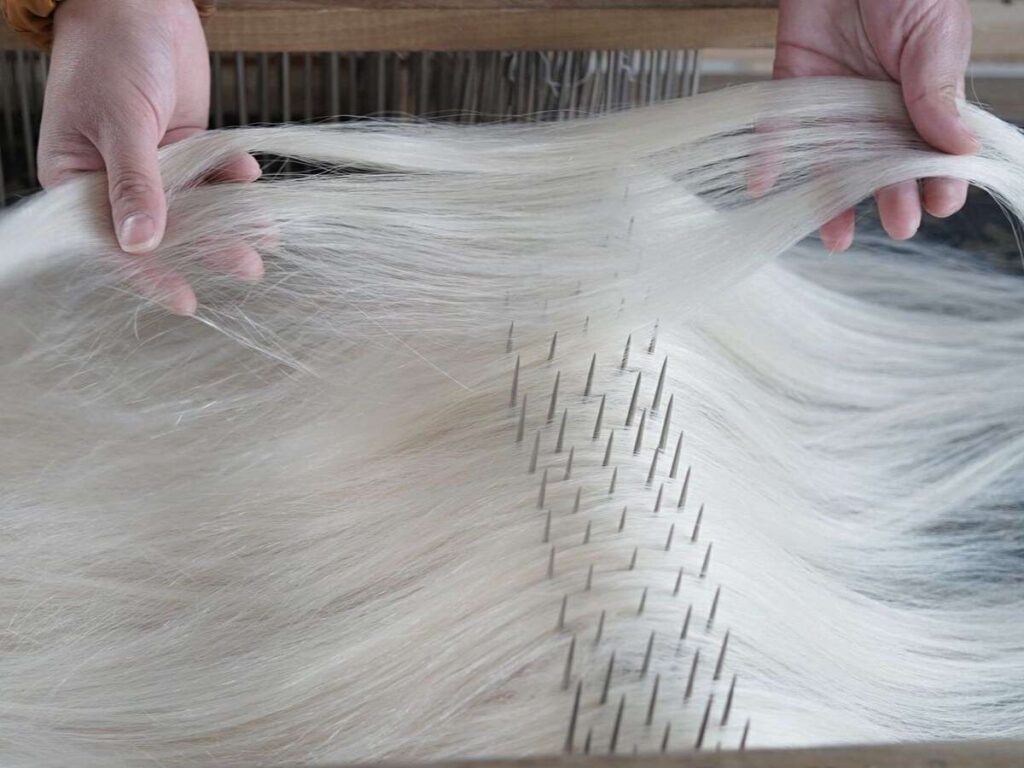
5. How to Choose the Best Hair Grade for Your Brand
Not every business needs the highest-grade hair. The best choice depends on your customers, market positioning, and price point. Choosing wisely will help you maintain quality while staying profitable.
Identifying Your Ideal Customer Base
Who are you selling to?
- Luxury salon clients expect premium, long-lasting hair that holds up under daily styling.
- Budget-conscious buyers want affordable hair that looks good but doesn’t need to last a year.
- Professional stylists need durable, versatile hair that can handle chemical treatments and heat.
A salon owner will demand different quality than an online retailer. If you sell clip-ins for fast fashion, a high-end, double-drawn bundle may not be necessary.
Matching Hair Grade to Your Market Needs
High-End Brands & Salons
Premium brands require full cuticle-aligned, Remy hair. Most prefer double-drawn bundles, meaning the hair is thick from root to tip.
- Ideal for professional styling, heat tools, and long-term wear.
- Custom colors, textures, and premium packaging help justify higher prices.
- 10A-12A grades are the standard in this category.
A stylist once told me, “If the hair can’t handle multiple bleach sessions, I won’t touch it.” That’s the level of quality top-tier salons expect.
Mid-Range Brands & Small Businesses
If you’re selling to everyday consumers or mid-range salons, you’ll need a balance of quality and affordability.
- 7A-9A hair works well.
- A mix of Remy and non-Remy options can help control costs.
- Customization (color, texture, packaging) is key to standing out.
Smaller brands often struggle with sourcing. A supplier might send a great sample but deliver lower quality later. Testing multiple batches is crucial.
Budget Market & Mass Retailers
If you’re selling to cost-conscious customers, longevity isn’t the main priority.
- 6A-7A hair is common in this space.
- Usually processed hair with shorter lifespans but a lower price point.
- Good for fashion-focused brands that rotate styles quickly.
Many e-commerce brands operate in this space. The key is competitive pricing and fast shipping, not long-term durability.
6. Sourcing High-Quality Hair Extensions
Finding a reliable hair manufacturer is one of the most important steps in building a successful brand. A good supplier means consistent quality, fewer customer complaints, and stronger brand loyalty. But how do you separate the best from the rest?
How to Choose the Right Manufacturer
Some manufacturers focus on large-scale production with lower costs, while others specialize in premium, ethically sourced hair. Finding the right one requires research and patience.
Here’s what you should look for:
- Transparent Sourcing Practices – Ask where the hair comes from. Ethical collection methods (like donor programs or temple hair in India) often result in higher-quality hair. If a manufacturer can’t explain their sourcing, that’s a red flag.
- Sample Testing – Never place a bulk order without testing a sample first. Check for shedding, tangling, and how the hair holds up after washing. Some manufacturers send high-quality samples but deliver lower-grade hair in bulk.
- Consistent Quality Control – Ask about their quality checks. Do they inspect each bundle? Do they have a standard grading system? Reliable manufacturers have strict testing to maintain consistency.
A trustworthy manufacturer won’t hesitate to share this information. If they dodge your questions or refuse to provide samples, walk away.
Customization Options That Matter
Customization helps you stand out in a crowded market. Whether you’re selling to high-end salons or e-commerce buyers, offering unique options increases value.
Here are some key customization features to consider:
- Custom Color Matching – Natural-looking blends like balayage, ombré, and piano color are in high demand. Some manufacturers offer precise color matching, while others have limited dyeing techniques. If your customers want multi-tonal shades, work with a manufacturer who specializes in these colors.
- Packaging & Branding – First impressions matter. High-quality packaging elevates your brand and justifies premium pricing. Some manufacturers offer custom-branded boxes, silk storage bags, and logo placement.
- Hair Attachment Types – Not every customer wants the same type of extension. Consider whether you need tape-ins, clip-ins, wefts, keratin bonds, or I-tip extensions. Some manufacturers specialize in certain types, while others produce all varieties. Choose a manufacturer who aligns with your brand’s focus.
Investing in customization can position your brand as premium rather than just another hair seller. It also builds customer loyalty by offering products tailored to their needs.
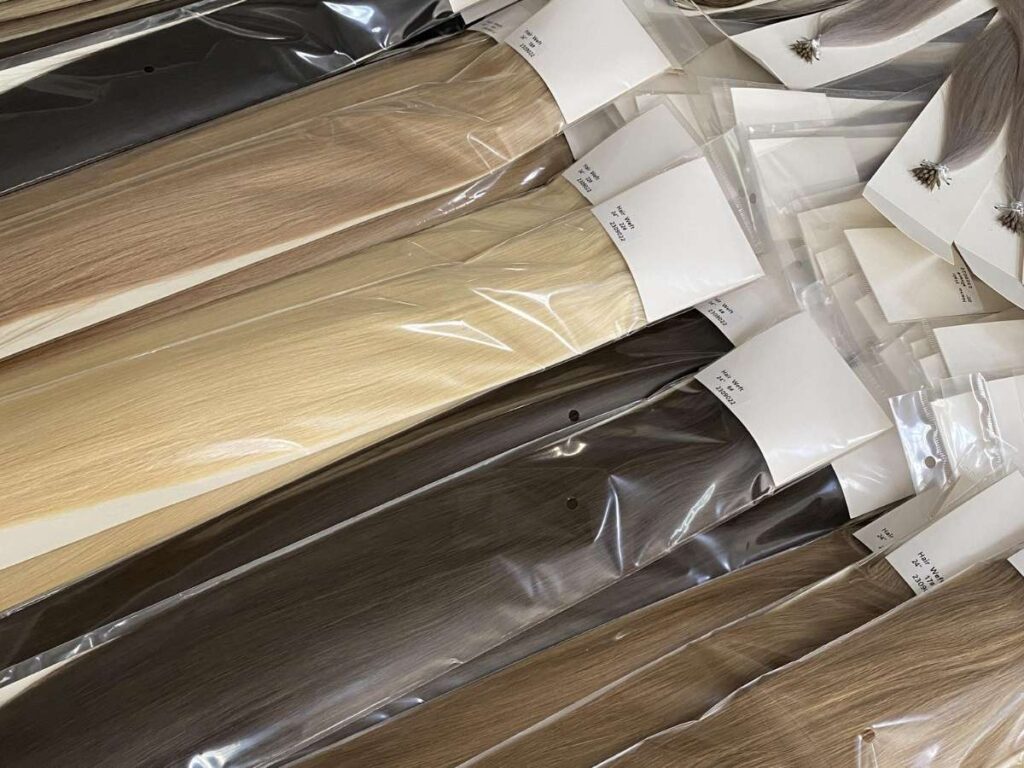
Red Flags to Avoid in Hair Sourcing
A bad manufacturer can lead to customer complaints, refunds, and damage to your brand’s reputation. Here are some warning signs to watch out for:
- Misleading Grading Labels
Some manufacturers inflate hair grades to justify higher prices.
You might see labels like “12A Double-Drawn Virgin Hair”, but that doesn’t always mean high quality. If a manufacturer markets their hair as extra premium but refuses to explain their grading system, be cautious.
- Excessive Chemical Treatments
Many low-quality hair bundles are coated with silicone to feel soft and smooth. But after a few washes, the coating wears off, leaving brittle, dry hair.
Some manufacturers also use acid baths to strip cuticles from non-Remy hair, making it prone to tangling. Ask if the hair has been chemically processed and test it with a water soak or burn test.
- Low-Quality Sourcing
Some hair is collected from floor sweepings, fallen hair, or mixed sources. This hair often has tangled cuticles and sheds easily.
Ethically sourced Remy hair (where all cuticles are intact and aligned) is far more durable. If a manufacturer offers bulk hair at suspiciously low prices, ask how the hair was collected.
- Inconsistent Batches
A manufacturer may send high-quality samples but deliver lower-grade bulk orders. To avoid this:
- Order small batches first.
- Request hair from different production runs.
- Compare bundles side by side for consistency.
If you notice major variations in texture, thickness, or longevity, they may not have reliable quality control.
Conclusion
Your customers trust you to deliver quality. Now, you know how to make sure the hair you sell meets their expectations.
Hair grades aren’t enough. Real quality comes from ethical sourcing, proper processing, and reliable suppliers. The good news? You have the knowledge to choose wisely.
It’s time to take action. Start testing samples, ask the right questions, and build a brand that stands out.
Let’s make it happen. Contact us today!
Explore More Helpful Resources
If you’re looking for more insights, we’ve put together a list of helpful articles that you might enjoy:
Still haven’t found what you’re looking for? Don’t hesitate to contact us. We’re available around the clock to assist you.


